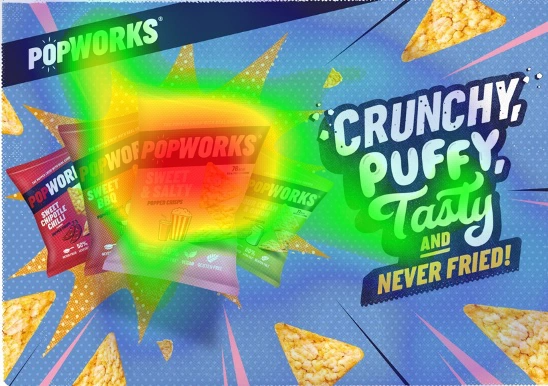Tools and Systems Built for OOH Create Opportunities to Reach Audiences at the End of the 3rd Party Cookie
The Role of Mobile Location Data
3rd Party Cookies have been pivotal for understanding audience behaviours and allowing for effective targeting across multiple online channels.
In our recent piece ‘The Last Bite of the Cookie’ we discussed that, with the sun setting on 3rd Party Cookies (3PCs), advertisers will need to explore new ways in finding and reaching their target audiences. The question is, can mobile location data – and the DMPs leveraging it – fill the void left by the 3rd Party Cookie? We believe that the answer is yes.
The 3PC uses cross-platform tracking to identify behavioural patterns, which then provides an in-depth understanding of who target audiences are. This enables the activation of more targeted advertising campaigns which drive lower-funnel brand metrics including action. Attribution has also been facilitated by the 3PC, allowing advertisers to understand what goes into a conversion and to act upon it.
As digital giants such as Google and Facebook look to replace the 3rd Party Cookie with systems that aggregate users based on common interests and behaviours, (FLoC and the SKAdNetwork), we must highlight that as users of mobile location data, this is a practice very familiar to us.
The Out of Home medium reaches 98% of the population, it is consumed passively and will never be a one-to-one media channel. The nature of OOH means that we are not – or have ever been – users of the 3PC. Consequently, the tools and systems built for understanding audiences within our channel already provide an alternative solution for advertisers.
Talon’s own DMP Ada combines proprietary data science models and mobile location data to identify audiences based on their real and recent behaviours. The platform’s mobile location data is sourced from app SDKs where users have consented to sharing their anonymised device location. This data is only ever activated in an aggregated fashion and never used to identify individuals.
Ada generates insights from this location data to identify patterns of consumer movement, such as analysing footfall to indicate which brands an audience are more likely to interact with. The aggregation of billions of data points allows Ada to generate behavioural groups and offer a holistic view of who they are, consequently offering a consented and anonymised way to find target audiences.
When it comes to using this data to produce targeted advertising activations, Ada fuels Talon’s automated trading (PROOH) platform Atlas. Through direct DOOH integrations, Atlas creates a 100% optimised OOH schedule. In a recent campaign for Fineco, activated via this platform, we saw an increase in purchase intent of +7p.p vs the OOH benchmark of 0.02%. As this case study indicates, by activating OOH campaigns against the right audience group, outcomes are produced at the lower end of the brand funnel.
Attribution and measurement have always been must haves for marketers. Ada makes this possible even in an offline broadcast medium like OOH. The platform has been built to provide outcome-based measurement by harnessing mobile location data to report on campaign exposure and footfall to store during and after a campaign.
This approach allows advertisers to understand whether consumers have taken physical action after being exposed to an ad and how to shift campaign strategies to increase the likelihood of this action.
In marketing, the three areas of understanding audiences, activating against them, and measuring results will always be key. Traditionally, the 3rd party cookie and the users of this tech would have been deemed the only solution. In a post-cookie world, systems like Ada and Atlas that harness consensual and anonymised location data should be considered as readily available alternatives.
We look forward to sharing their capabilities with advertisers who wish to innovate within this space without compromising consumer privacy.
Georgie Rumble, Product Strategy Director
(This first appeared in More About Advertising)




